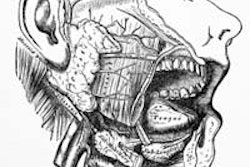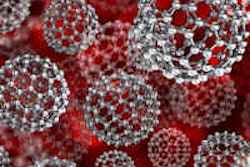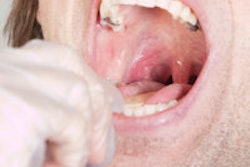Researchers at the University at Buffalo (UB) are designing a new biomedical device that could make chemotherapy more efficient, reduce its side effects, and improve the treatment of oral and other cancers.
This new device, a specialized endoscope, produces a high-contrast map of the tumor environment using spatial frequency domain imaging, according to the university. The new technique projects patterns of light at different frequencies on the cancer cells and corrects the image contrast for the light attenuation.
"We are developing a novel endoscopic device that will improve our ability to detect and destroy cancer cells," Ulas Sunar, PhD, UB research assistant professor of biomedical engineering, said in a statement. "We expect that doctors in the operating room will greatly benefit from this device."
The endoscope overcomes the limitations of conventional endoscopic imaging, which leads to blurred or low-contrast images of the tumor environment and limits doctors' ability to visualize tumors.
The endoscope works in tandem with tiny nanoballoons, developed by Jonathan Lovell, PhD, UB assistant professor of biomedical engineering, to target cancer cells. When the nanoballoons reach the cancer cells, doctors "strike" them with the endoscopic light beam, causing them to pop open and release the chemotherapy drugs they carry. This precision targeting protects healthy cells, thereby reducing side effects.
To effectively target the intravenously delivered nanoballoons, doctors need to control the light beam. Sunar is developing a "digital mask" that adjusts the beam's intensity and manipulates its shape down to micron precision, using a computer.
"The mask is like the bat-signal from Batman movies; it alters the shape of the light," Sunar explained. "At the same time, we'll be able to control the strength of the light. The combination will allow us to manipulate the beam to target cancer cells with unprecedented accuracy."
Sunar will now develop the system and test it on animal models. A grant from the National Institute of Biomedical Imaging and Bioengineering supports the project, Quantitative Endoscopic Imaging and Structured Light Delivery for Controlled Drug.



















